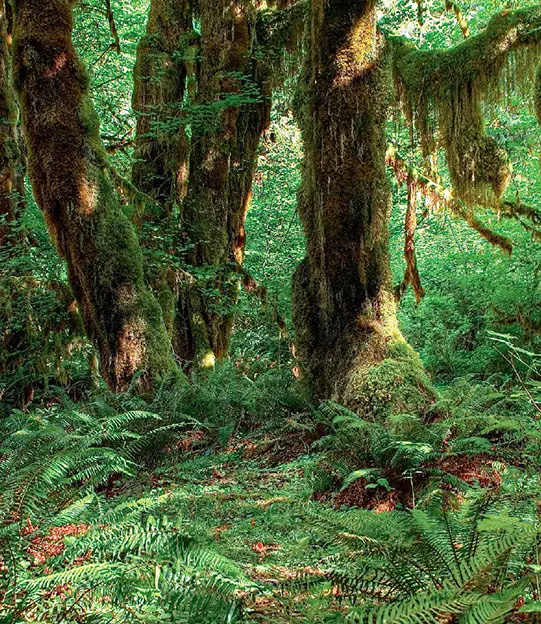Temperate rainforests, often overshadowed by their tropical counterparts, present an equally fascinating and diverse ecosystem. Located primarily between 23.5° to 66.5° latitudes in both hemispheres, these forests thrive in regions receiving substantial oceanic moisture. They are characterized by an annual rainfall exceeding 55 inches (140 centimeters), creating an environment where coniferous and broadleaf trees coexist amidst a rich undergrowth of mosses, ferns, and various shade-tolerant shrubs.
The towering canopies, some reaching heights of 300 feet (100 meters), dominate these forests, significantly reducing sunlight penetration to the forest floor. This creates a perpetually damp environment, ideal for a unique and diverse understory. The temperate rainforests, although limited in their global spread, are notably found along the North American Pacific Northwest coast, the southwestern coast of South America, and regions in southern China and northern North Korea.
One of the most iconic temperate rainforests is the Hoh Rainforest in Washington State’s Olympic Peninsula. Receiving over 127 inches (323 centimeters) of rainfall annually, the Hoh Rainforest epitomizes the old-growth temperate rainforest with its massive spruce, hemlock, Douglas fir, cedar, maple, and cottonwood trees, many of which are centuries old. Recognized for its ecological significance, the Olympic National Park, encompassing the Hoh Rainforest, was designated a UNESCO Biosphere Preservation District in 1976, highlighting the global importance of protecting these rare ecosystems.

